Nine things you need to know about the humanitarian crisis and response in Afghanistan

Even before the Taliban entered the capital city, Kabul, on 15 August, the humanitarian situation in Afghanistan was one of the worst in the world.
Nearly half of the country’s 40 million people needed humanitarian assistance. More than half of all children under age 5 were likely to face acute malnutrition. Over 1,600 civilians were killed and more than 3,000 injured in the first half of the year.
Since 15 August, things have only gotten worse. Here are nine facts you need to know about the situation in Afghanistan now.
1. Millions have fled their homes

“We had no time to gather anything. We fled with only a blanket,” says Maryam, 24, an internally displaced Afghan woman in Mazar-e Sharif. She is one of more than half a million people who, since the beginning of the year, have fled their homes due to escalating violence.
Afghans already constituted one of the world’s largest refugee populations worldwide, says UNHCR, with more than five million people in protracted displacement since 2012.
UNHCR and partners are assisting newly displaced Afghans with life-saving shelter, food, water, and other items, both within Afghanistan and in neighbouring countries.
2. An economic crisis is looming
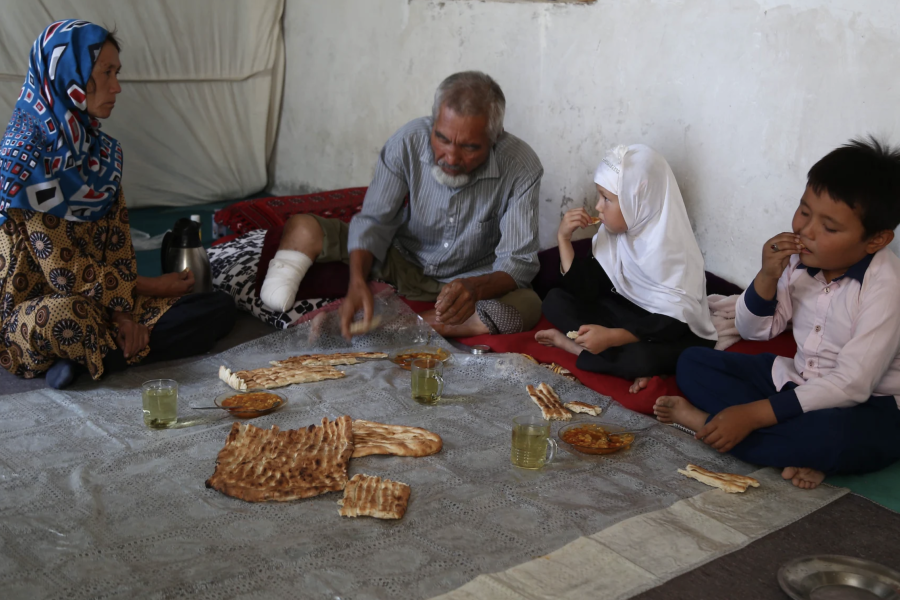
Afghanistan faces an economic crisis caused in part by the sudden withdrawal of large-scale development assistance, lack of access to cash, and reduced overseas remittances.
Prices are soaring, and more than 12 million people are facing food insecurity, with many of them selling their belongings and borrowing money to buy food.
The World Food Programme (WFP) and partners are continuing to deliver nationwide, reaching more than 5.5 million people in October alone. In 2022, WFP plans to serve the food and nutrition needs of almost 23 million people in Afghanistan.
3. Health care is on the verge of collapse
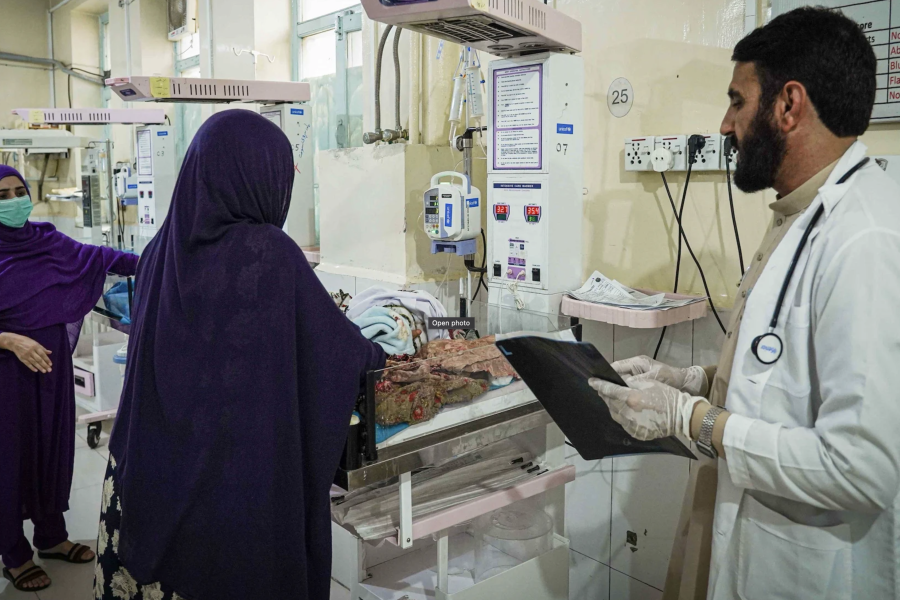
Afghanistan has made significant health gains over the last 20 years. Now that progress is at risk, as millions of people have lost access to basic health services.
Medicines, medical supplies and fuel are running out across the country. Cold chains for vaccines are compromised. Nurses and doctors are not being paid.
Cuts in donor support have left thousands of health facilities without fundingand essential medicines, forcing health providers to make hard decisions on who to save and who to let die.
On 22 September, UN humanitarian chief Martin Griffiths released US$45 million from the UN’s Central Emergency Response Fund to help prevent Afghanistan’s health-care system from falling apart. But much more support is needed.
4. Schools have reopened… but not for everyone

In September, secondary schools reopened in Afghanistan following months of pandemic-related closures. Sadly, only boys were allowed to attend. Girls were left behind. This is a reversal of the great strides in education, especially for girls, that the country had made in the past two decades.
"We've got around one million high school-age girls sitting at home, denied their right to an education,” Samantha Mort of UNICEF Afghanistan told UN News.
“If children are not in school, they're much more likely to be recruited by an armed group, or to fall into early marriage or to be exploited in some way.”
“There's no childhood” these days in Afghanistan, says Mort. “It's all about survival.”
5. Women’s and girls’ rights are at risk

The recent crisis has affected everyone in Afghanistan, but women and girls bear the consequences the most. Their rights and freedom of movement have been curtailed, and women’s rights, including to education, work and holding public office, are in danger of being rolled back.
Restricting women’s involvement in the workforce, including in humanitarian activities, will directly impact the ability of women and girls to access critical services.
Their experience, capacities and leadership are invaluable for peace and security in Afghanistan.
6. A fourth wave of the pandemic is possible
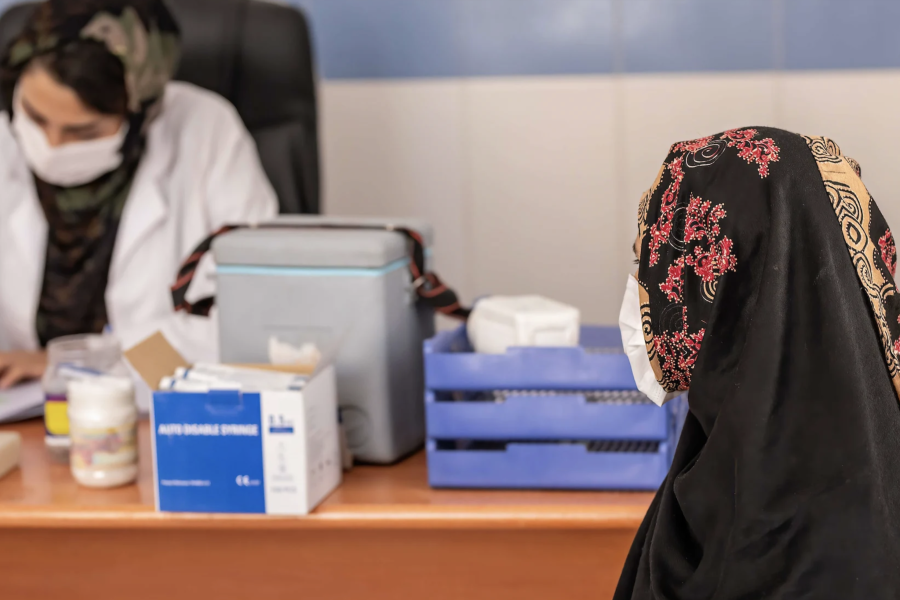
Afghanistan has just emerged from the peak of a third wave of COVID-19.
Before August of this year, 2.2 million people had been vaccinated against COVID-19, barely more than a quarter of the vaccination target for 2021.
Now, nine of the country’s 37 COVID-19 hospitals have already closed and all aspects of the pandemic response have slowed down, including surveillance, testing and vaccinations, causing fears of a fourth wave of the disease.
WHO is boosting the COVID-19 response, testing capacity in the country, airlifting over 50 000 COVID-19 tests that are currently being distributed to 32 laboratories across the country. Some 150,000 more COVID-19 tests are in the pipeline and will be delivered in the next months.
7. Drought is causing continued hardship

Afghanistan is facing its second drought in four years, affecting one third of the country. That’s dire news for the seventy per cent of all Afghans who live in rural areas and rely on agriculture for food and income.
The drought has pushed poor families to rely on child labour, early and forced marriage, and risky irregular migration. It has also led to a water scarcity crisis, which will further increase sanitation and hygiene needs.
FAO has scaled up its emergency assistance, providing animal feed, seeds and fertilizer for the winter wheat-planting season. FAO is also providing training on wheat cultivation and sustainable livestock management to build resilience for the future.
This assistance aims to protect agricultural livelihoods and support 3.3 million people until the end of the year.
8. We are still here
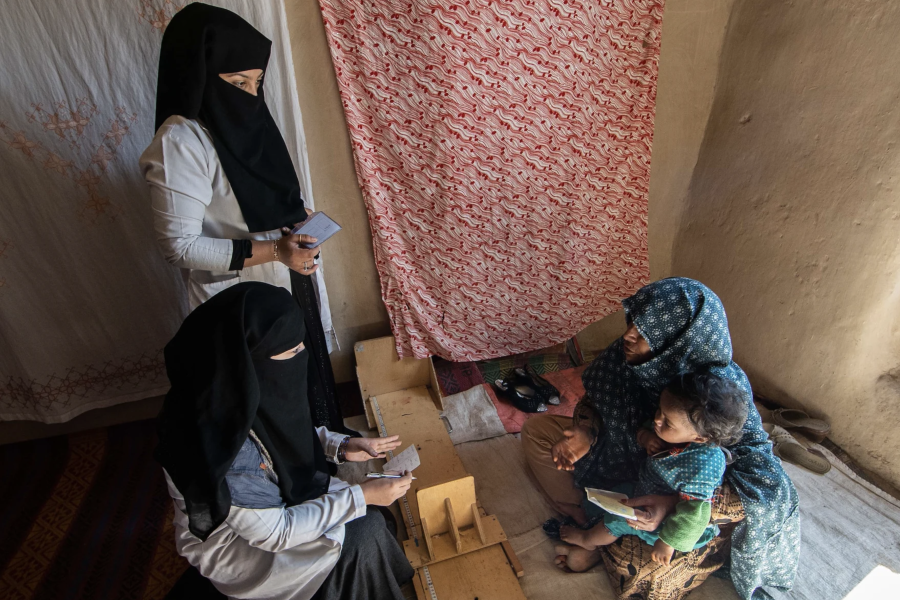
Staying and delivering means reaching affected people in Afghanistan, wherever they are, with vital assistance.
Day and night, the UN is working with humanitarians, including local teams, to provide food, water, health care, education, protection and livelihood assistance. To continue this work, the international community must honour its promises and provide urgent and flexible cash funding that can be distributed quickly and allow humanitarians to help those in need.
“The people of Afghanistan must not pay the price of collective failures. They deserve a normal life in peace and dignity,” says Dr. Ramiz Alakbarov, UN Resident Coordinator and Humanitarian Coordinator in Afghanistan. “We will spare no effort to respond to the needs of all women, men, and children in Afghanistan.”
9. Winter is coming
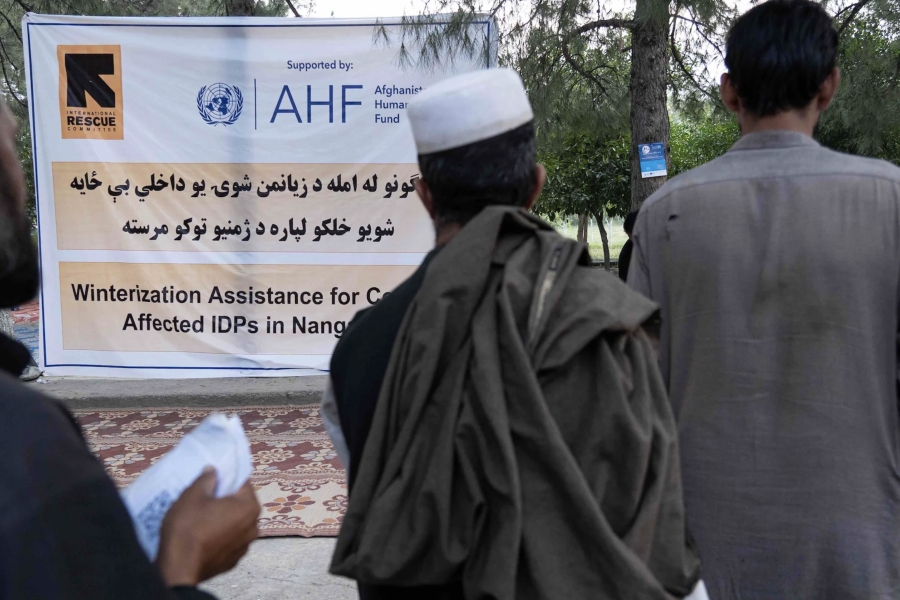
The struggles and human suffering of millions of Afghans will be exacerbated by the harsh winter, which is only a few weeks away. Plummeting temperatures will lead to an increase in acute respiratory infections and deaths.
Providing winter assistance early will be a lifeline for millions. Many families, particularly those who live in open spaces or tented camps, will need warm clothes and shelter to fend off the bitter cold.
The world’s attention to Afghanistan may soon subside, but the plight of the Afghan people will continue. But we will not abandon the people of Afghanistan. We will not abandon the country’s people. We will not abandon ethnic minorities. We will not abandon women and girls.
How you can help
The Afghanistan Flash Appeal seeks $606 million to provide immediate life-saving assistance for 11 million Afghans for the remainder of this year. Despite the global attention to the country’s dire situation, little funding has been received on the ground. We ask donors to fast-track funding to prevent a further humanitarian catastrophe in Afghanistan.
To donate to the crisis, visit the dedicated donation webpage.
Article was adapted from the originally published article on the OCHA website. Composed and editorial support by Ahmed Ben Lassoued and Paul VanDeCarr, Development Coordination Office.








